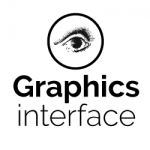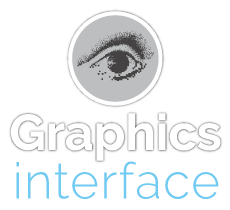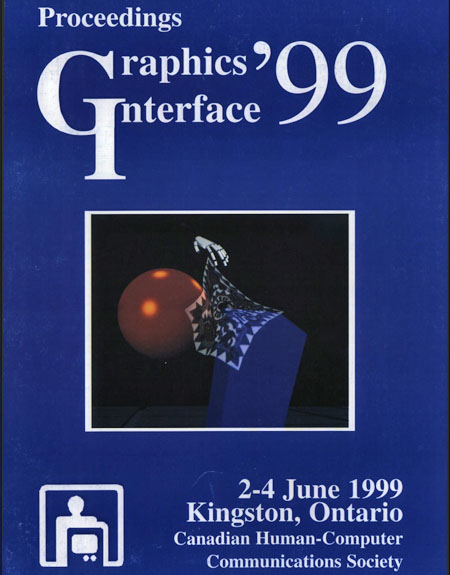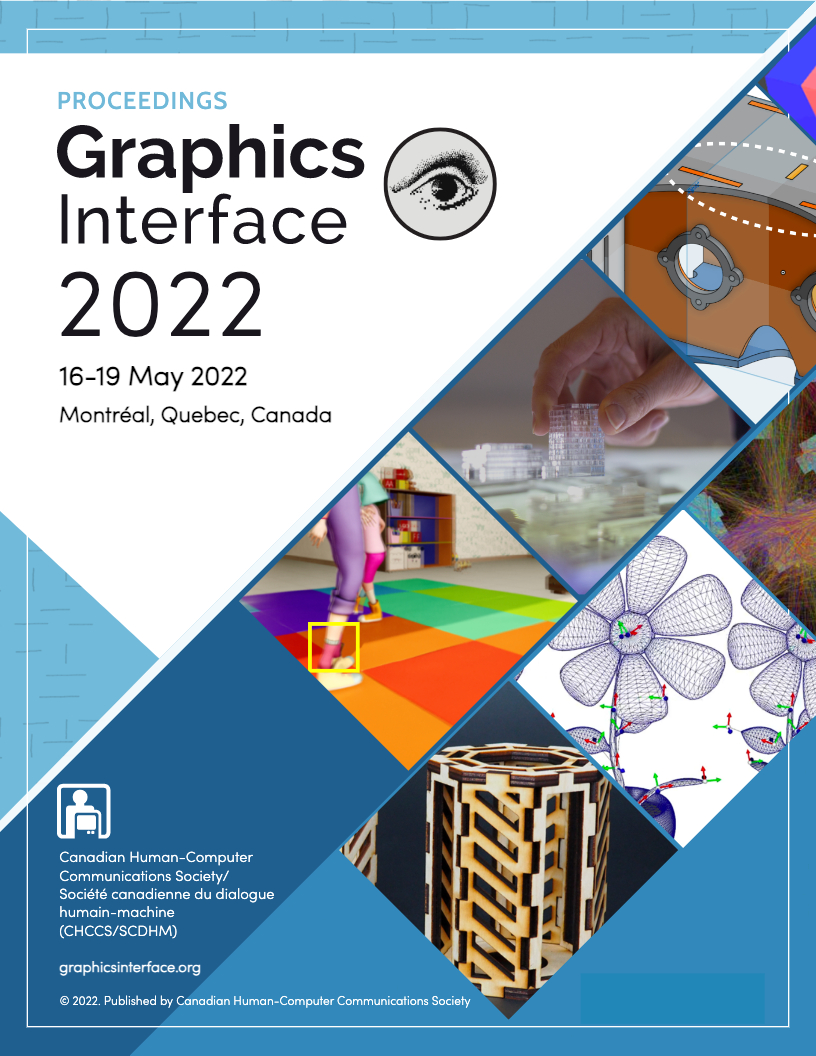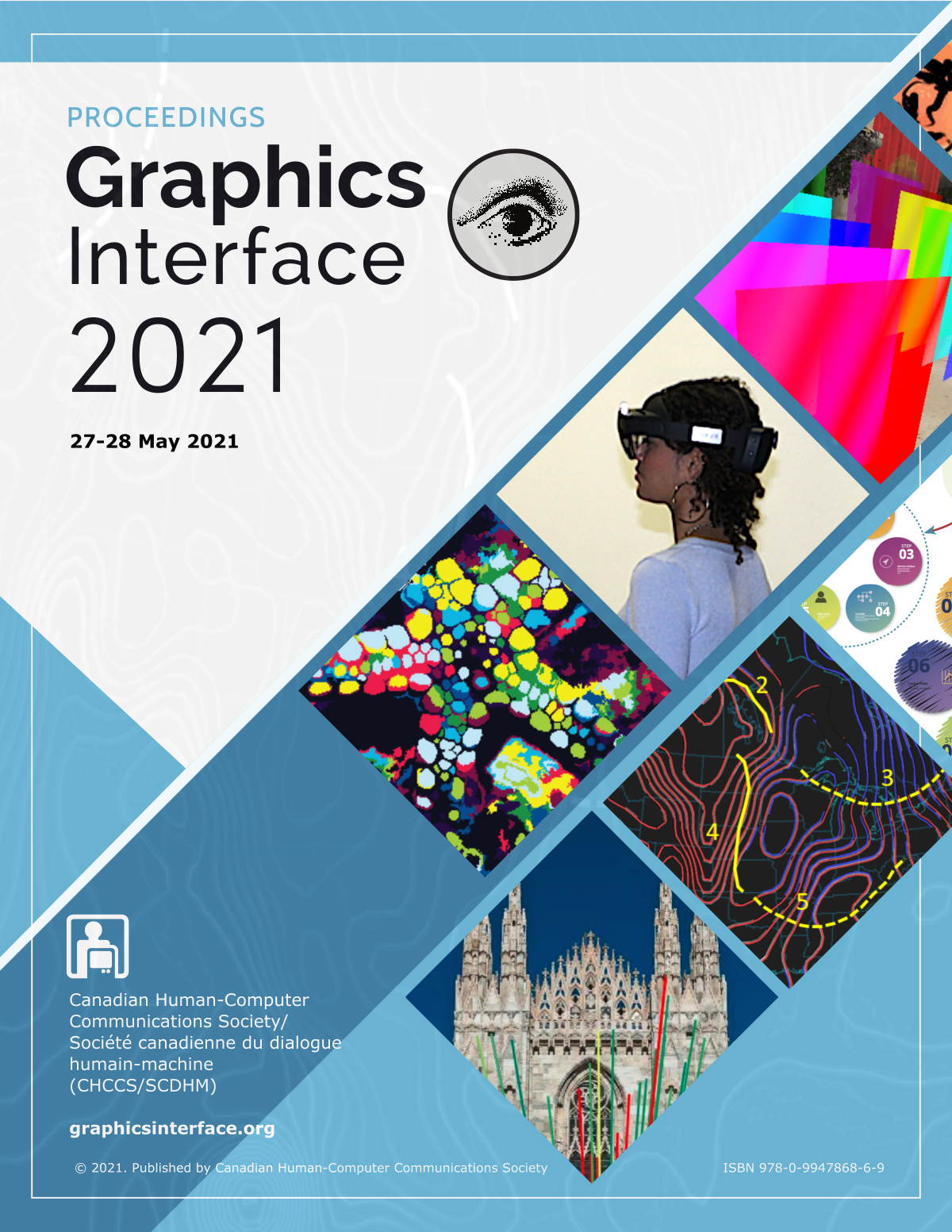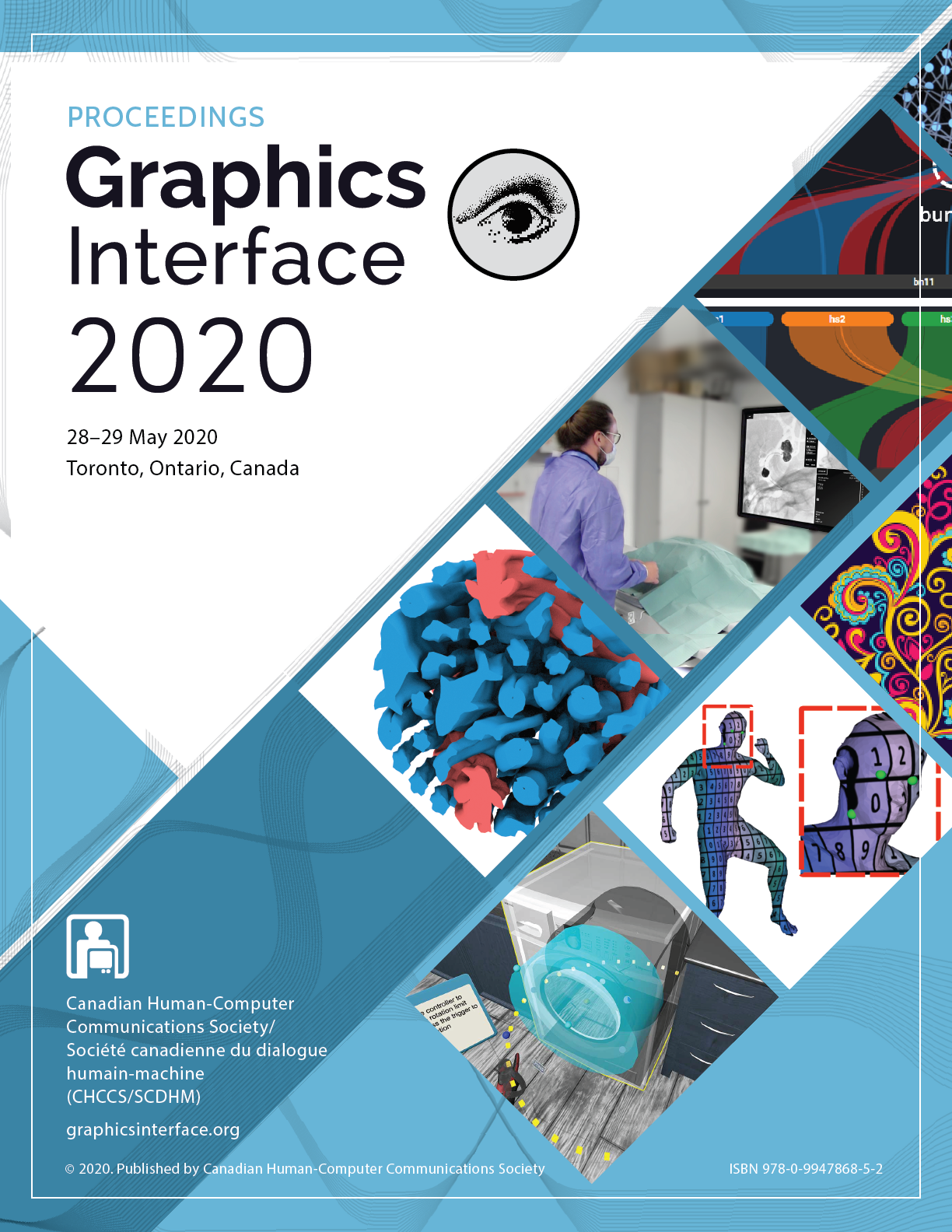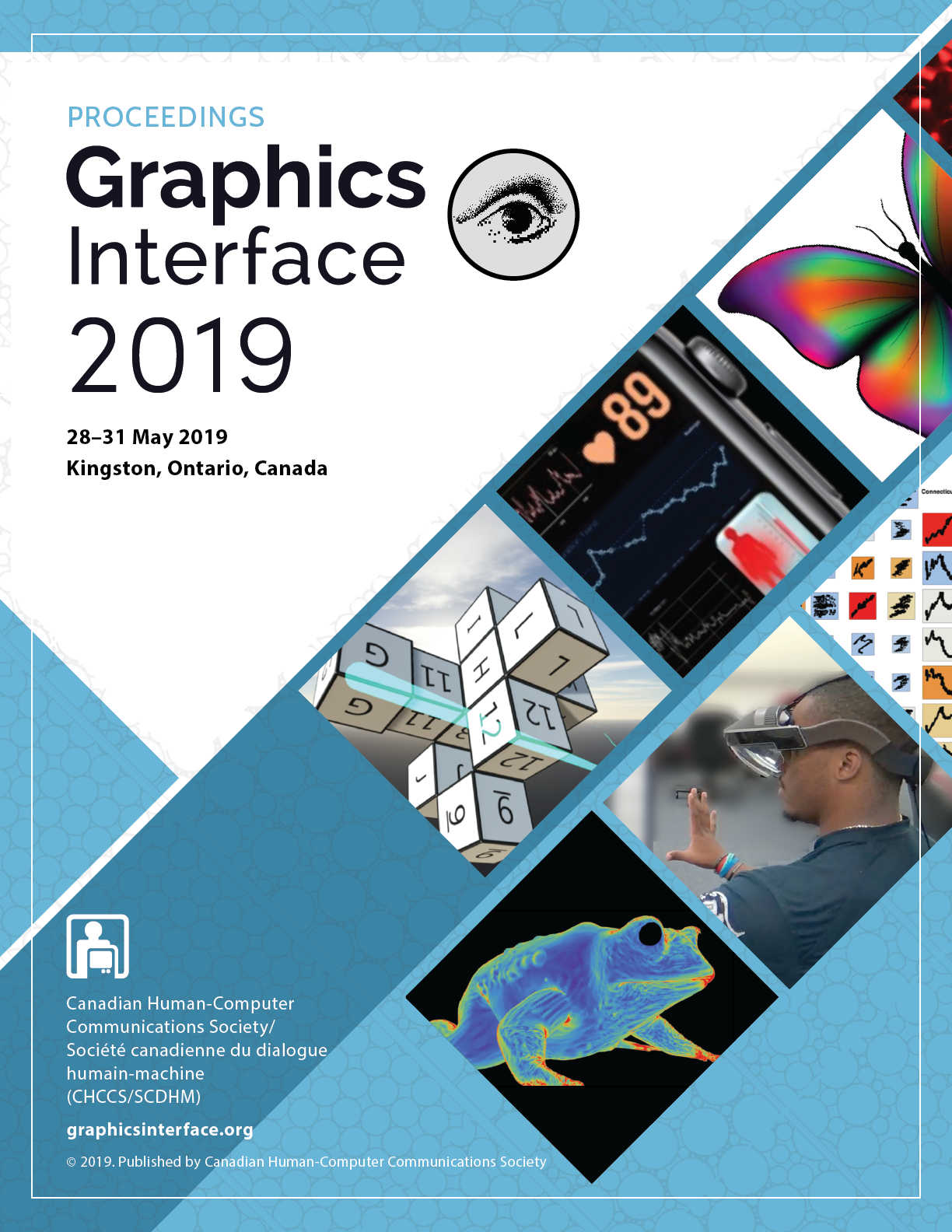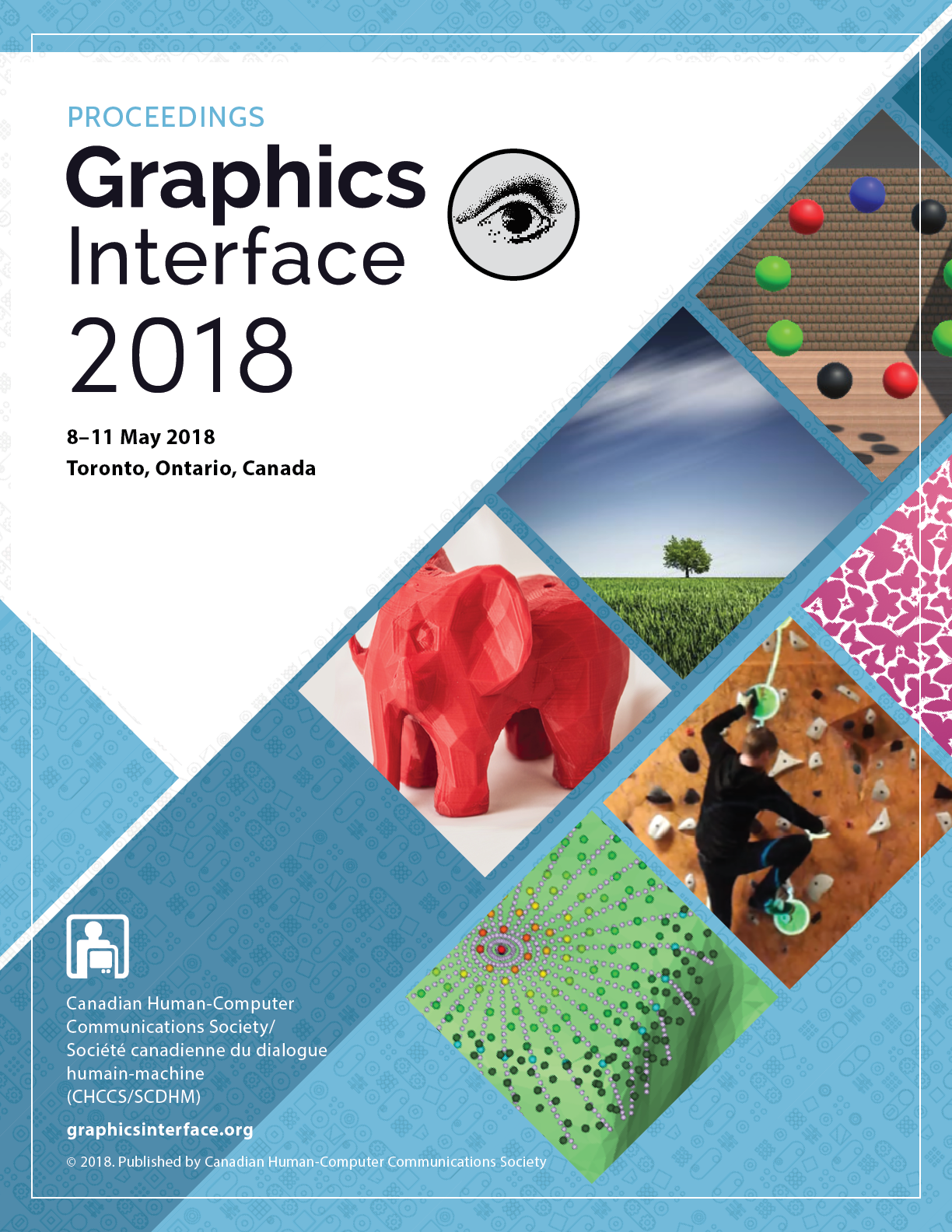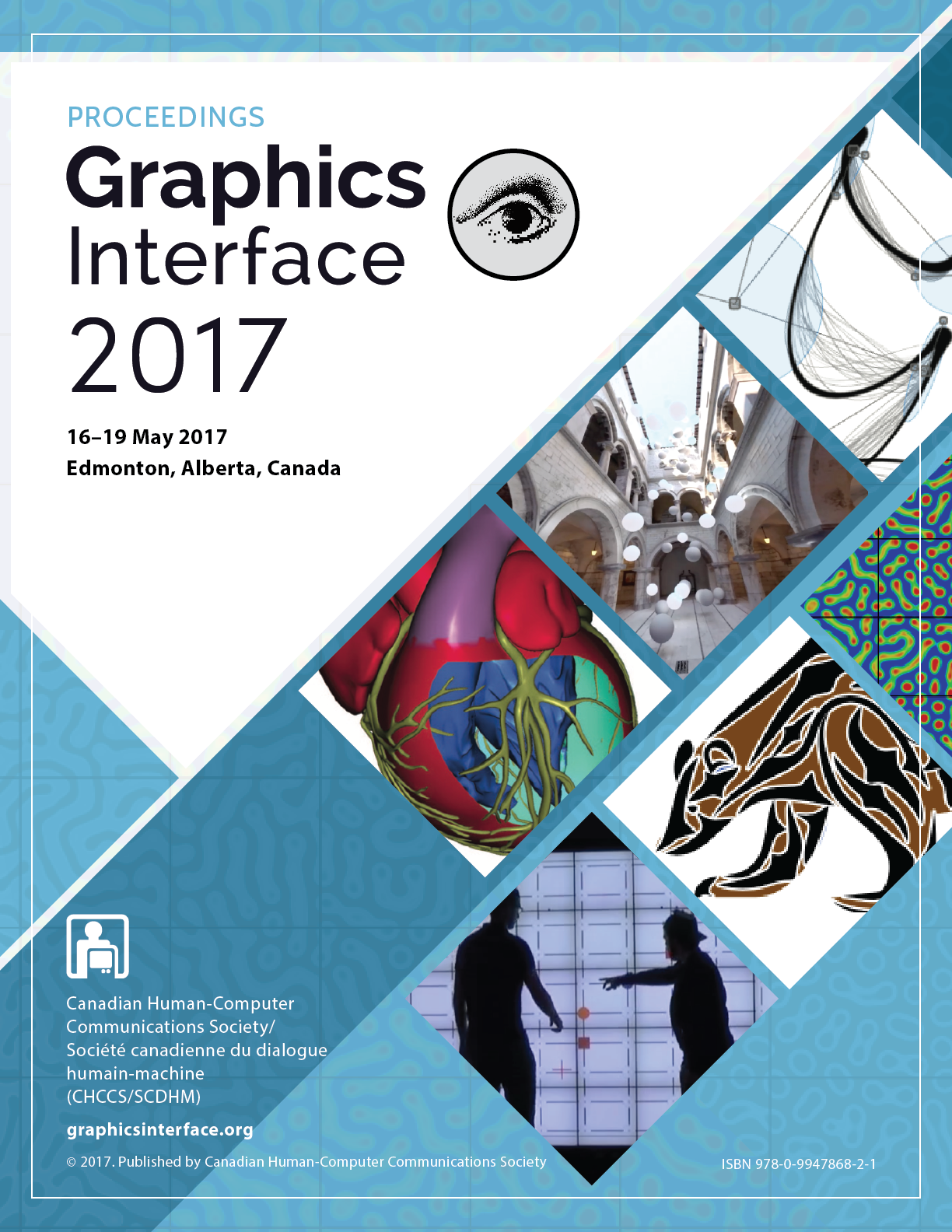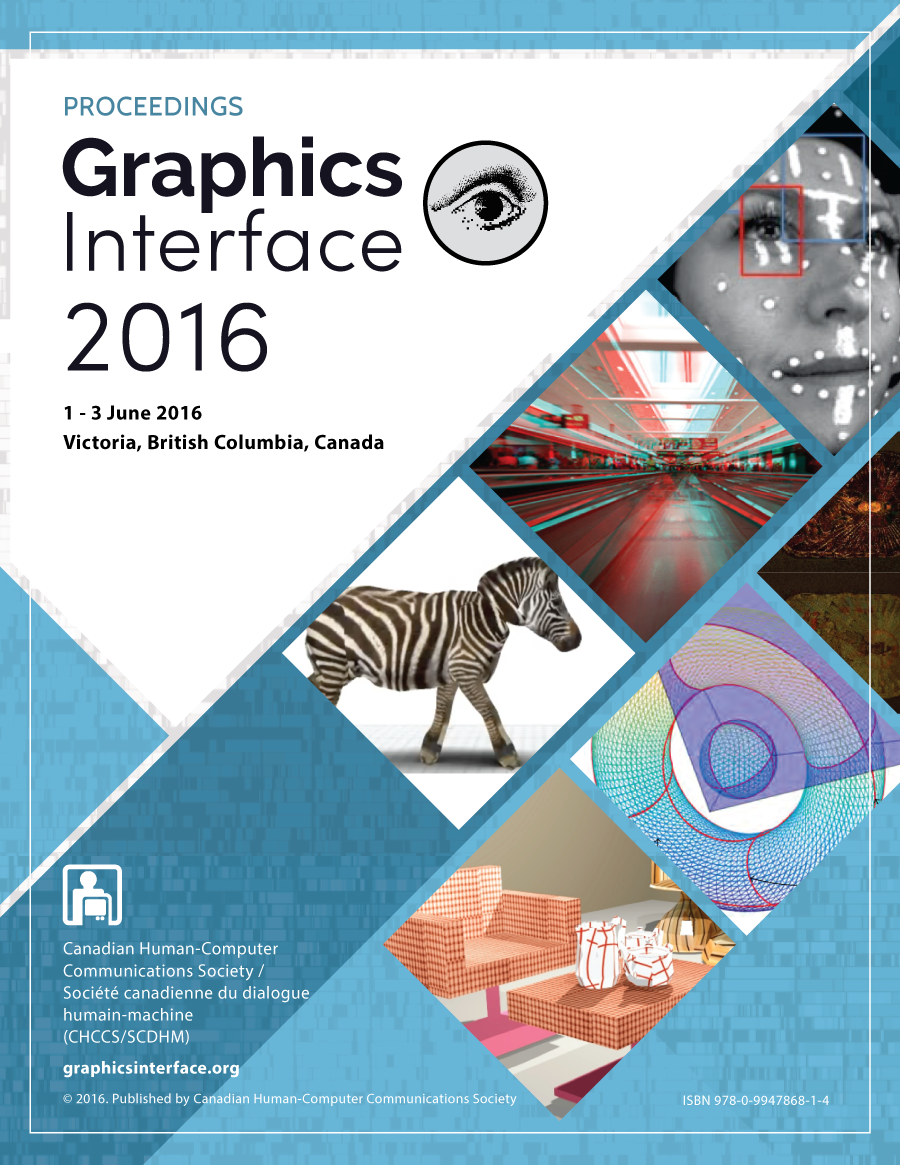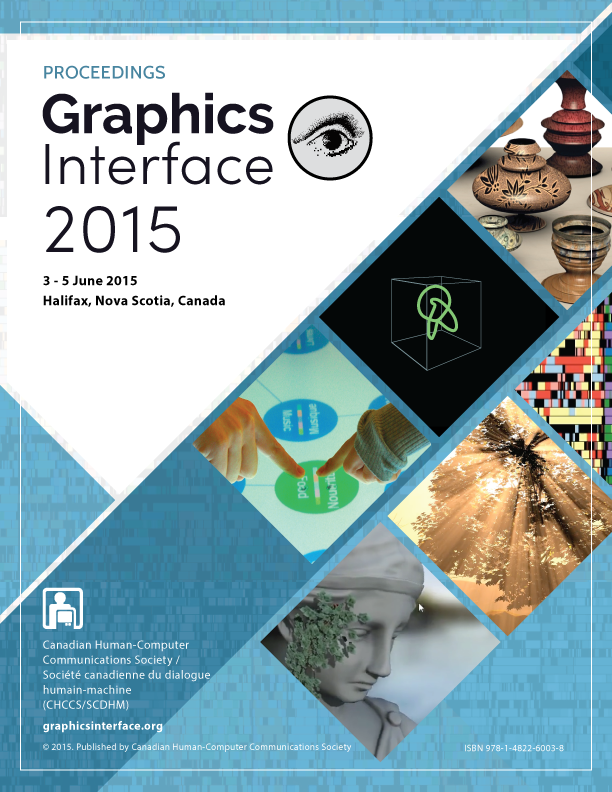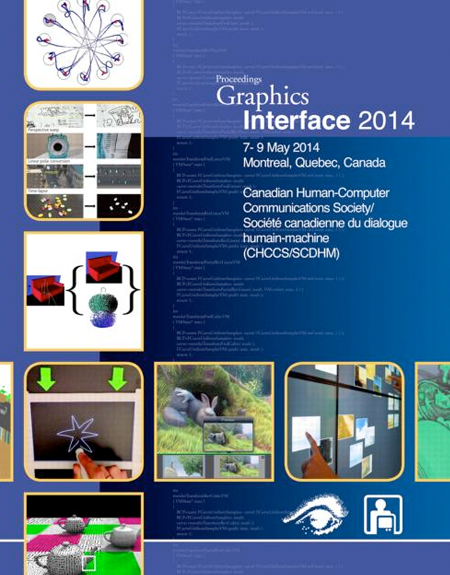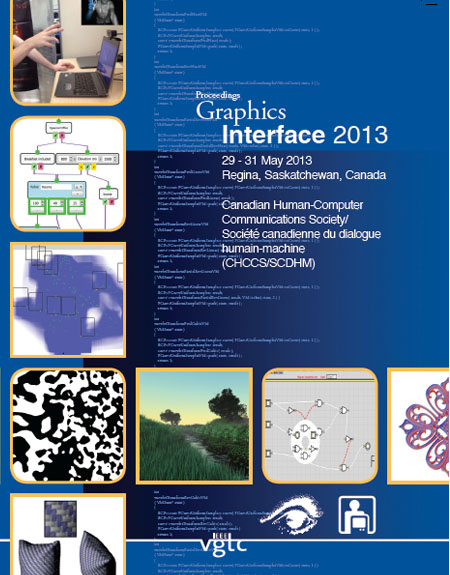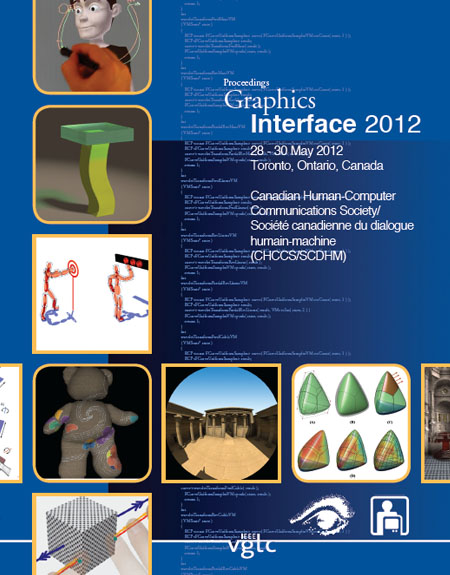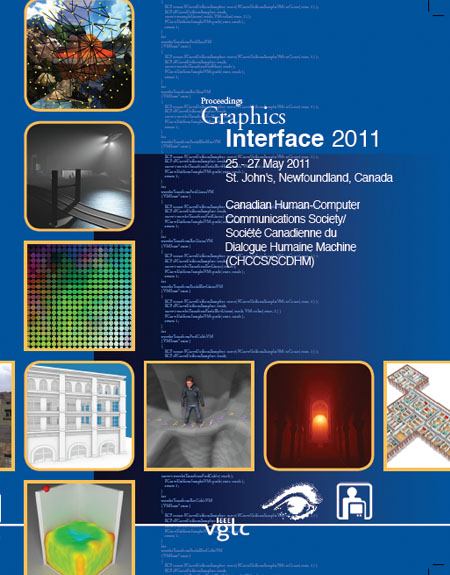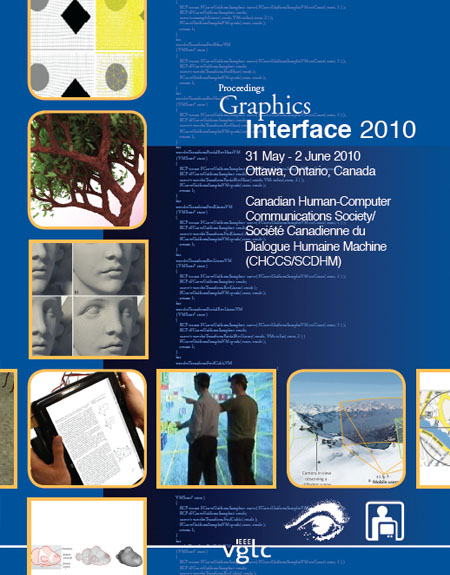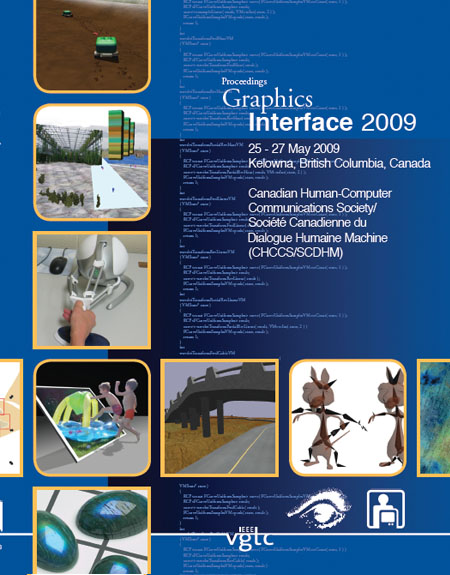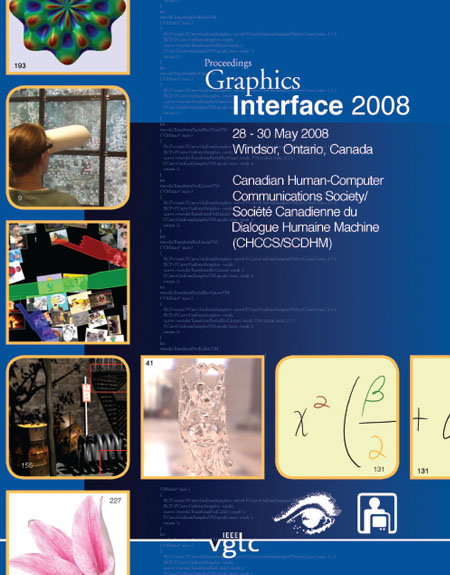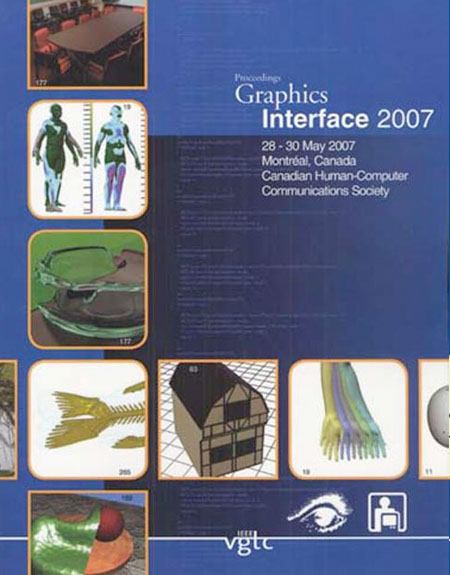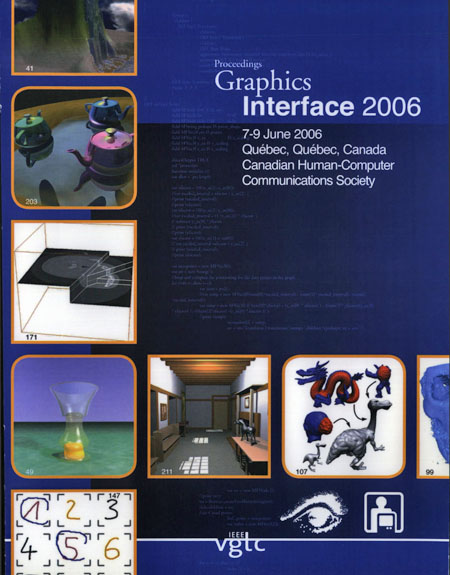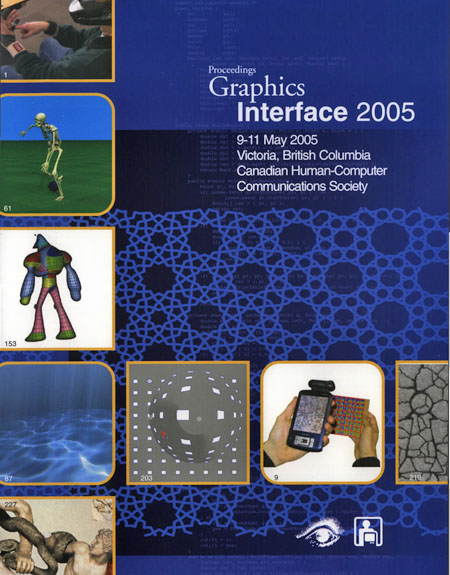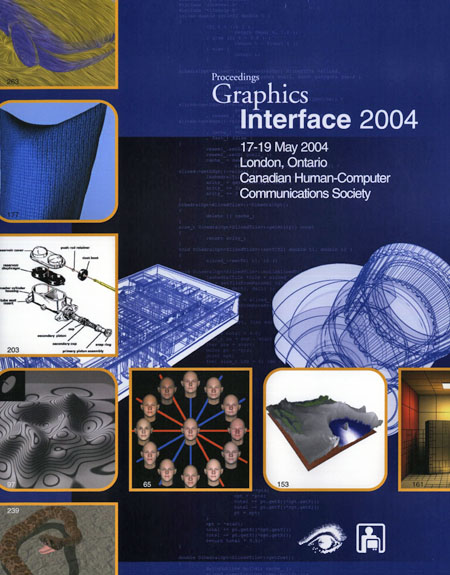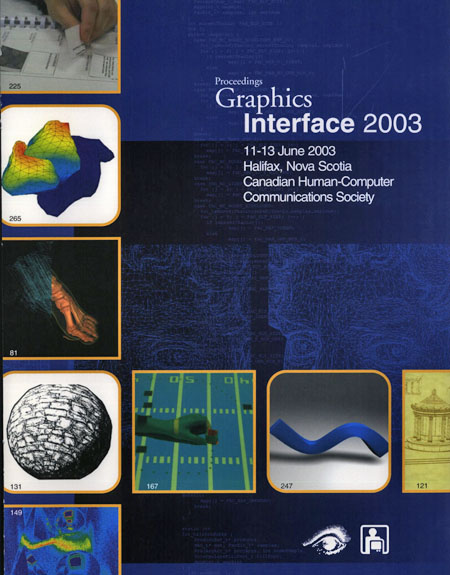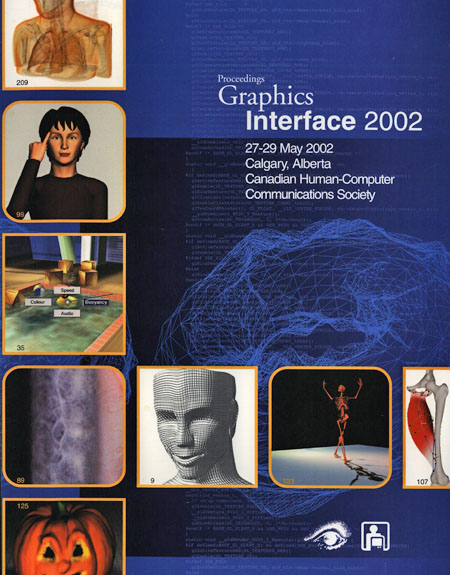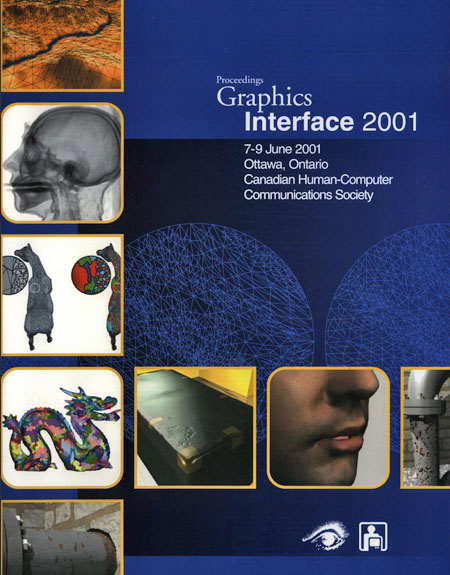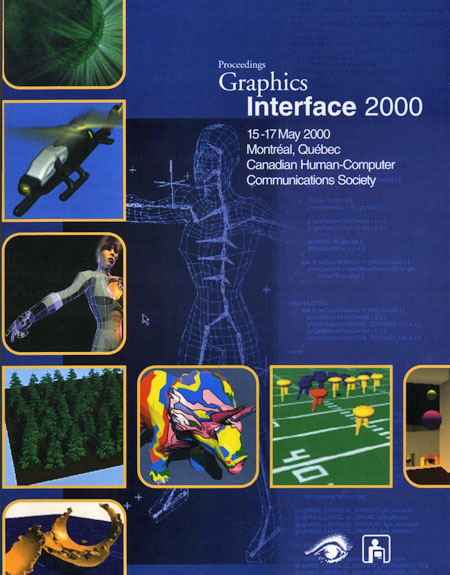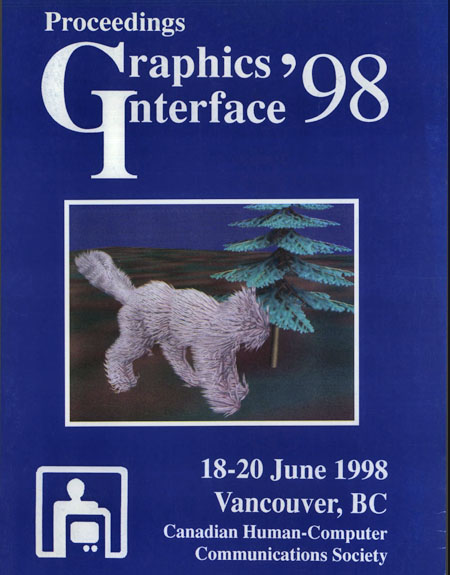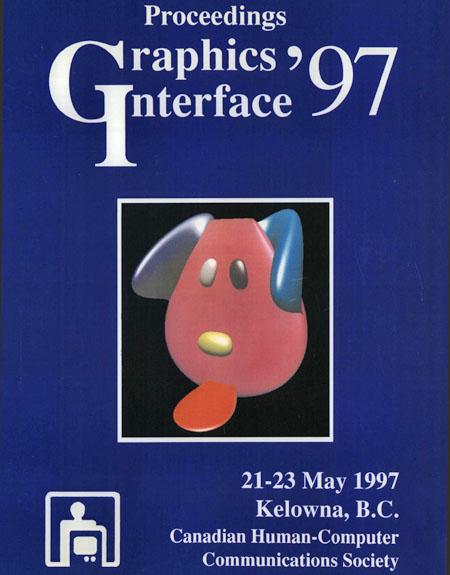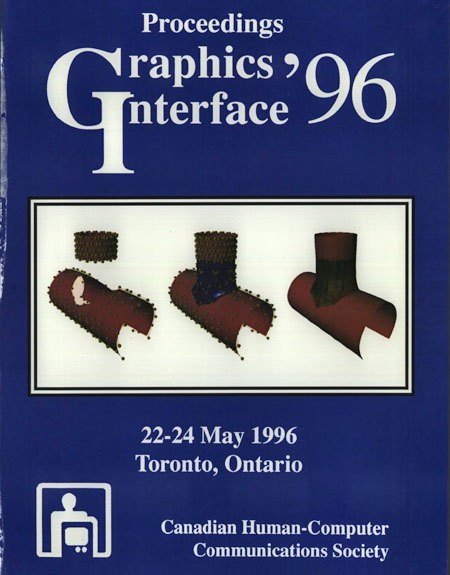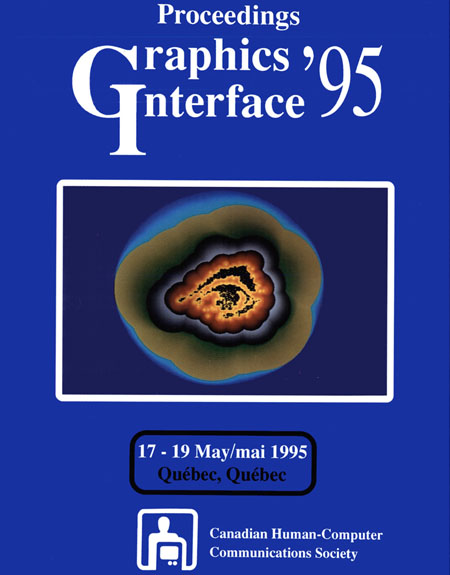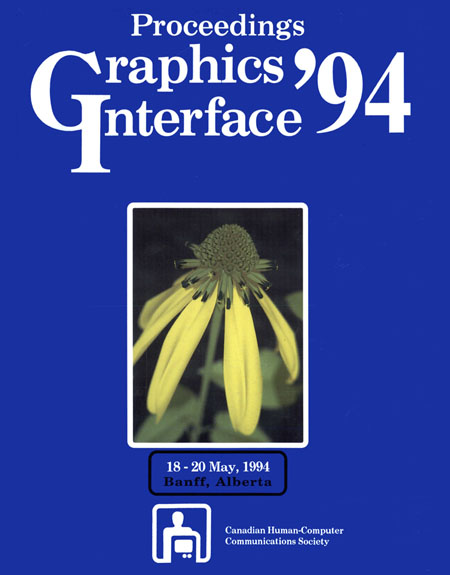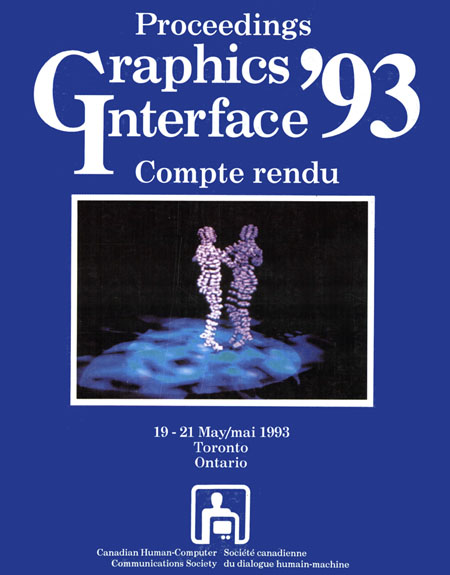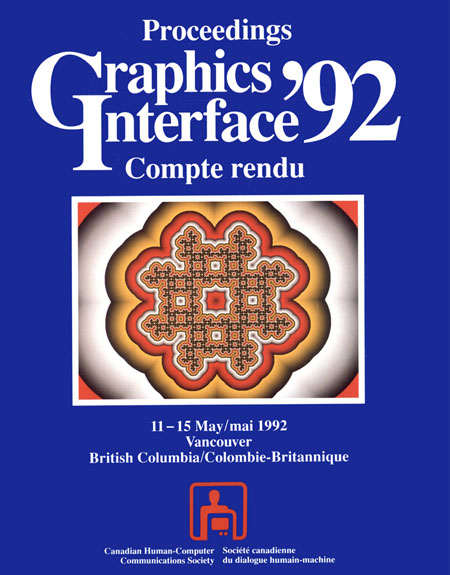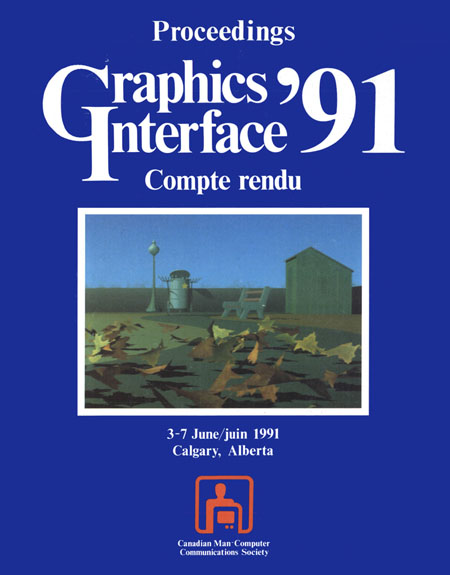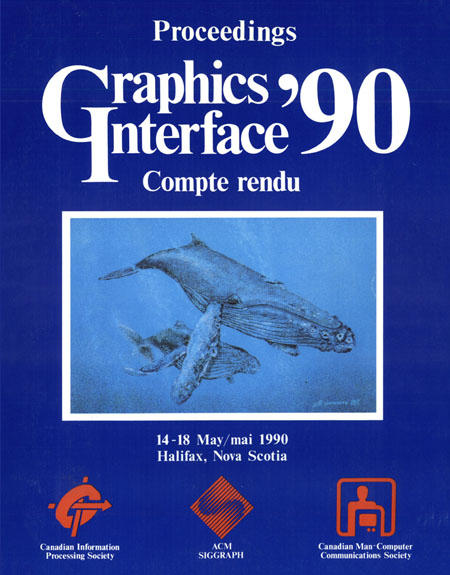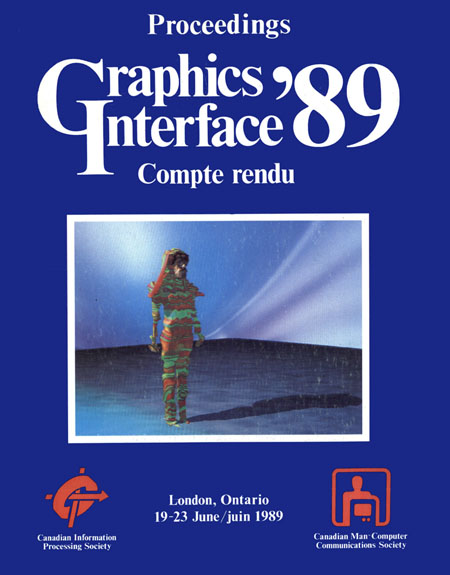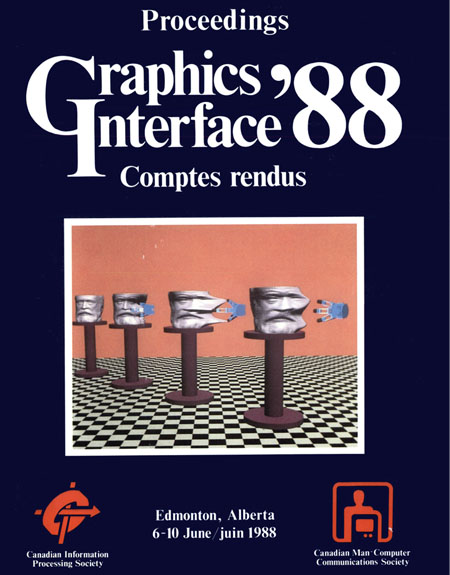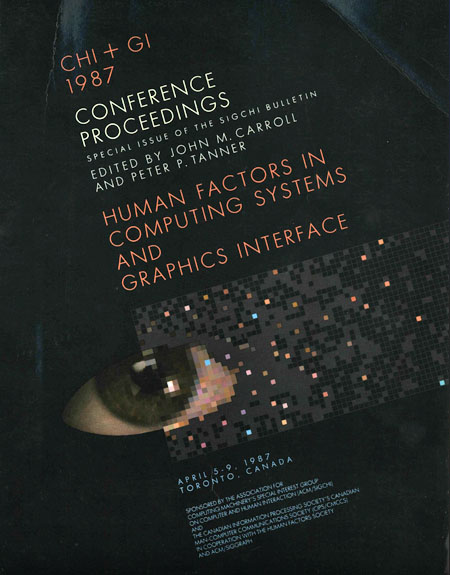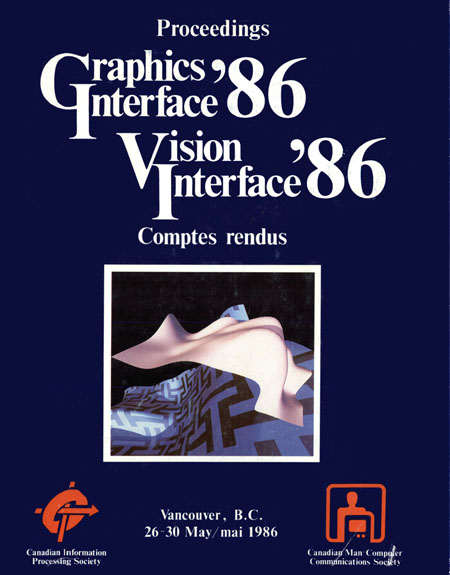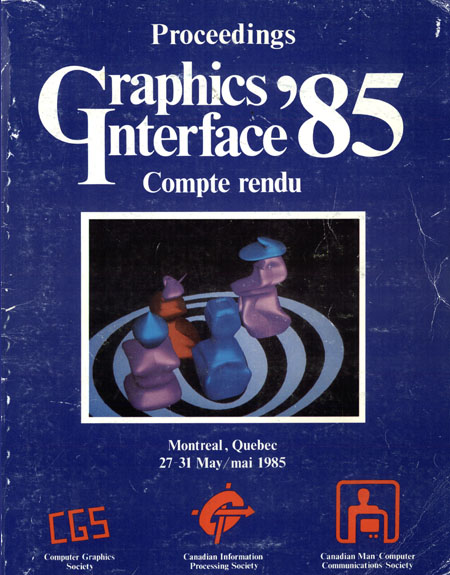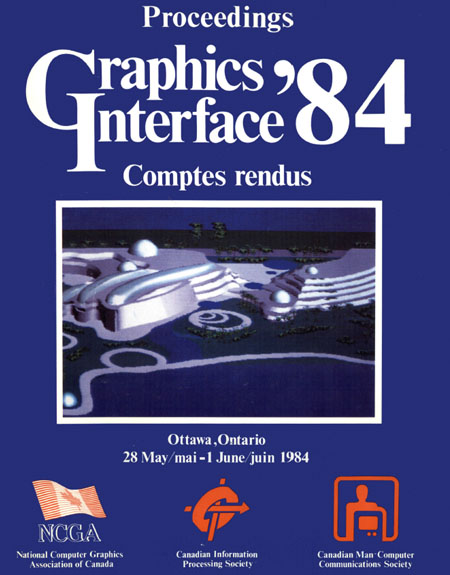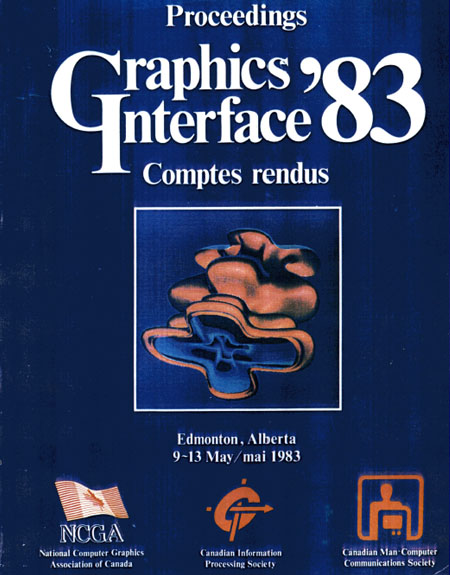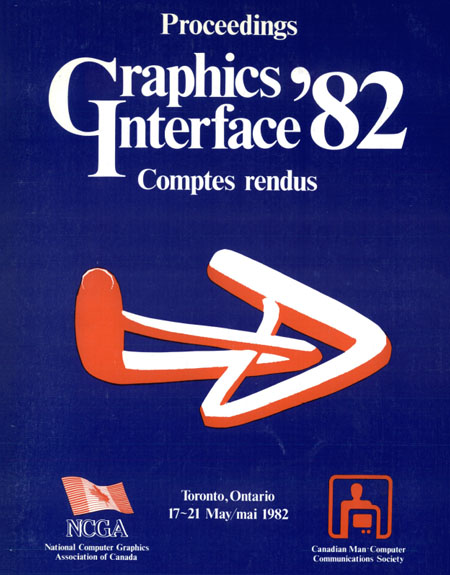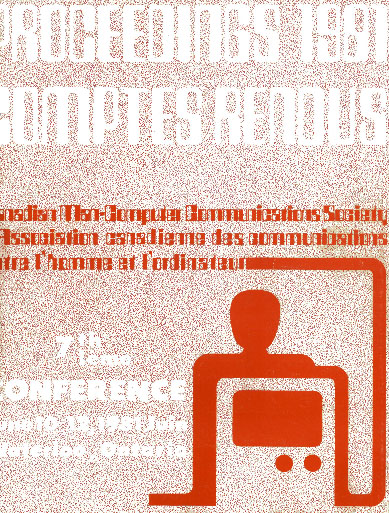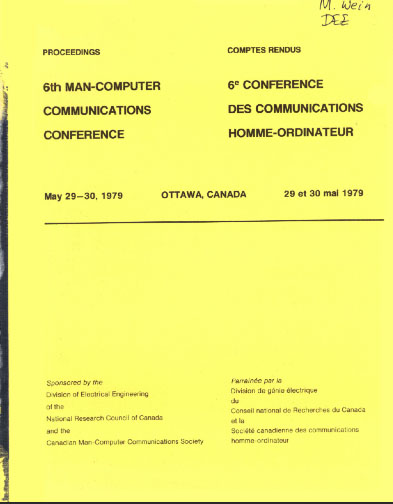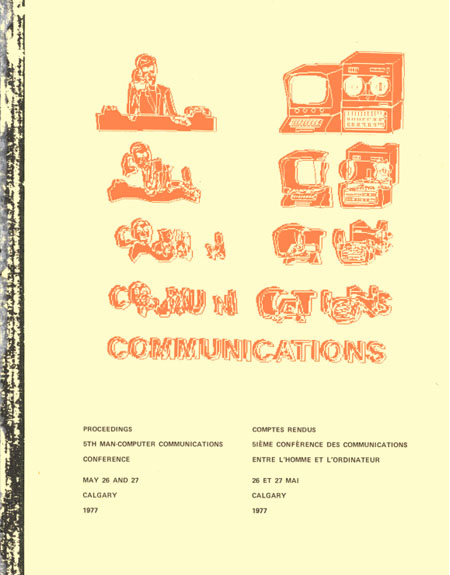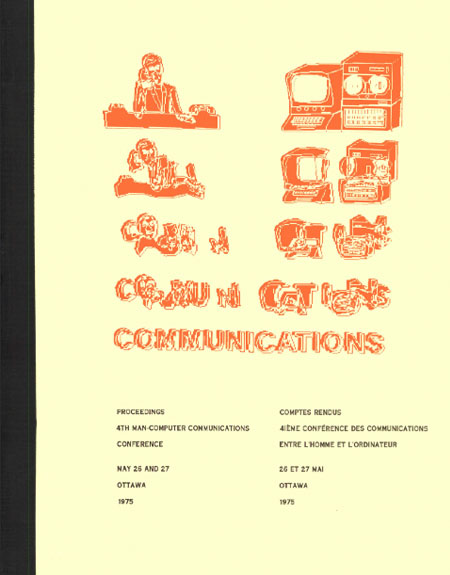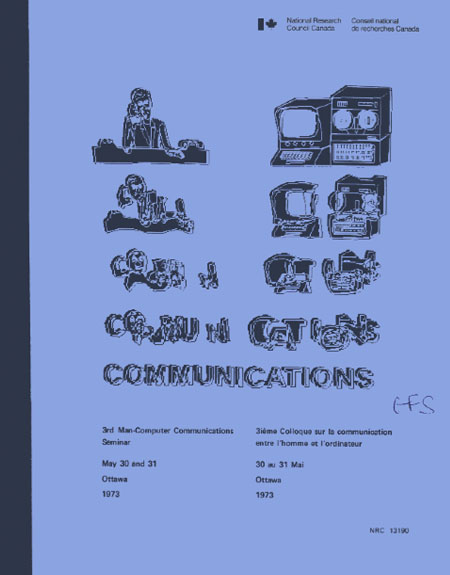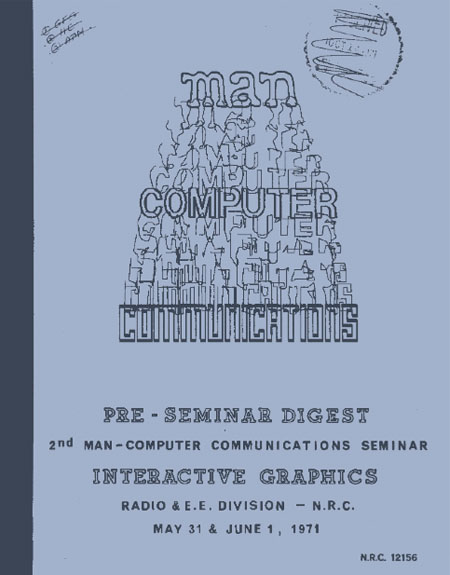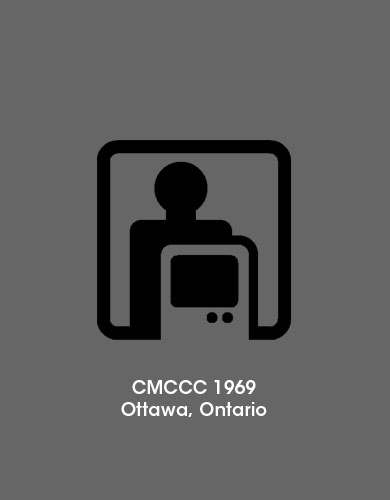BibTeX
@inproceedings{LaloFour-gi99, title = {Interactive Rendering of Wavelet Projected Light Fields}, author = {Paul Lalonde and Alain Fournier}, booktitle = {Proceedings of the Graphics Interface 1999 Conference, June 2-4, 1999, Kingston, Ontario, Canada}, year = {1999}, month = {June}, pages = {170--114}, url = {http://graphicsinterface.org/wp-content/uploads/gi1999-15.pdf} }
Abstract
Light field techniques allow the rendering of objects in time complexity unrelated to their geometric complexity. The technique discretely samples the space of light rays exiting the boundary around an object and then reconstructs a requested view from these data. In order to generate high quality images a dense sampling of the space is required which leads to large data sets. These data sets exhibit a high degree of coherence and should be compressed in order to make their size manageable. We present a wavelet-based method for storing light fields over planar domains. The parameterization is based on the Nusselt embedding, which leads to simplifications in shading computations when the light fields are used illumination sources. The wavelet transform exploits the coherence in the data to reduce the size of the data sets by factors of 20 times or more without objectionable deterioration in the rendered images. The wavelet representation also allows a hierarchical representation in which details can be added incrementally, and in which each coarser view is an appropriately filtered version of the finer detail. By blending between the two seemless transitions are possible. The wavelet coefficients are compressed by thresholding the coefficients and storing them in a sparse hexadecary tree. The tree encoding allows random access over the compressed wavelet coefficients which is essential for extracting slices and point samples from the light field.

